
When it comes to lifting heavy loads in workshops, المستودعات, المصانع, or construction sites, two workhorses dominate: the Electric Hoist and the EOT (Electric Overhead Travel) رافعة. While they both serve the essential function of vertical lifting, they represent fundamentally different solutions. Choosing the right one isn't about which is "better," but which is better suited to your specific needs. دعنا نتحطم الاختلافات الرئيسية.
الدردشة عبر الإنترنت
ما هو عليه: Essentially a motorized lifting unit. It’s a self-contained device focused solely on hoisting and lowering a load using a chain or wire rope.
Function: Primarily vertical movement. It can be moved horizontally, but only if mounted onto a separate supporting structure.
Mobility: It is not inherently mobile horizontally on its own. You need to mount it onto something like a:
Jib Crane (Wall-Mounted or Freestanding): Provides limited horizontal reach in an arc.
Gantry Crane (Portable or Fixed): Provides travel along a defined path.
Monorail System: Travels along a fixed I-beam track.
Manual Trolley: Requires an operator to push/pull it along a beam.
Motorized Trolley: Provides powered travel along a single beam.
ما هو عليه: A complete overhead material handling system. It integrates multiple components:
Bridge: The main horizontal beam(ق) that spans the bay width.
End Trucks: Units at each end of the bridge that house the wheels for travel along the runway beams.
Runway Beams: Heavy beams (usually mounted on building columns or a dedicated support structure) that the crane travels along the length of the bay.
رفع: The actual lifting unit (which is often an Electric Hoist!) mounted on a trolley.
عربة: The unit that carries the hoist and moves it across the bridge (bay width).
Crane Controls: For operating bridge travel, trolley travel, and hoisting.
Function: Provides full three-dimensional movement within a defined rectangular area (the bay): Up/Down (رفع), Left/Right across the bay (Trolley Travel), Forward/Back along the bay (Bridge Travel).
Mobility: Has built-in powered horizontal mobility in two perpendicular directions (along the runway and across the bridge).
| ميزة | الرافعة الكهربائية | EOT Crane |
| Movement | Primarily Vertical Lifting/Lowering | Full 3D Movement (Up/Down, Across, Along) |
| Complexity | Simpler, Single Unit | Complex System (Bridge, عربة, رفع, Runway) |
| تثبيت | Simpler, Mounts to existing beam/structure | Complex, Requires robust runway support structure |
| Coverage Area | Limited to reach of supporting structure | Covers entire rectangular bay area |
| سعة | Wide Range (على سبيل المثال, 0.25 طن ل 50+ طن) | Wide Range (على سبيل المثال, 1 طن ل 500+ طن) – Typically higher max capacities common |
| يكلف | أدنى (Unit cost + Simpler Mounting) | أعلى (System cost + Structural work) |
| Footprint | Minimal floor space used | Requires clear overhead space; runway beams need support |
| Flexibility | Highly flexible; easily relocated/moved to new mounts | Fixed location; difficult/expensive to move |
| الأنسب ل | Localized lifting points, workstations, under jibs/gantries, lower budgets, simpler needs | Bay-wide coverage, high throughput, moving loads significant distances, heavy/awkward loads requiring precise placement |

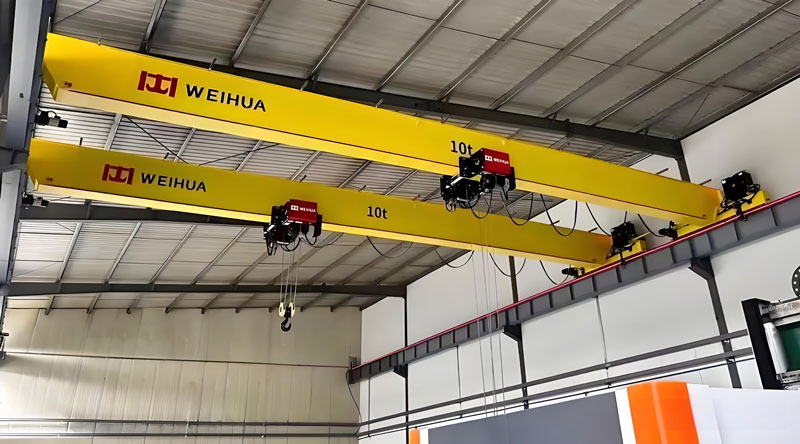
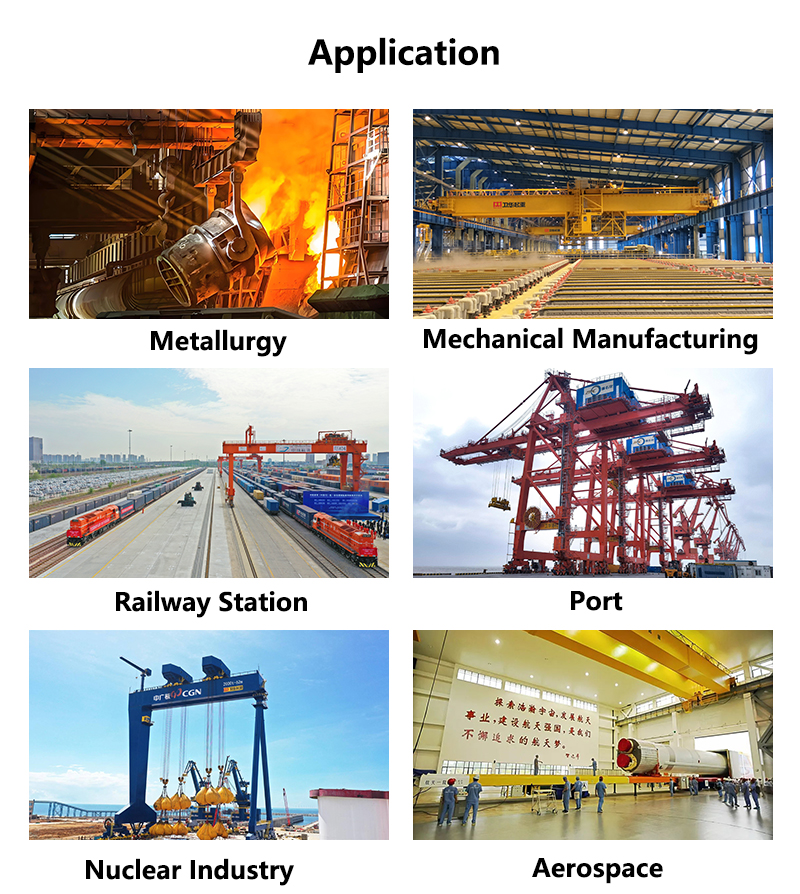
Remember this key point: The hoist unit on an EOT crane is almost always an الرافعة الكهربائية! The EOT crane provides the comprehensive travel system, while the hoist itself handles the core lifting function. لذا, it’s not truly “hoist vs crane,” but rather “standalone hoist on a simple support vs. hoist integrated into a complex overhead travel system.”
Don’t get caught in the trap of thinking one is universally superior. The best choice depends entirely on your operational requirements:
Carefully analyze your lifting tasks, coverage area, budget, building structure, and workflow. Understanding the fundamental difference between the standalone lifting unit (الرافعة الكهربائية) and the complete overhead handling system (EOT Crane) is the first step to making the optimal investment for your productivity and safety. اختر بحكمة!
نحن نقدر ملاحظاتك! يرجى إكمال النموذج أدناه حتى نتمكن من تخصيص خدماتنا حسب احتياجاتك المحددة.
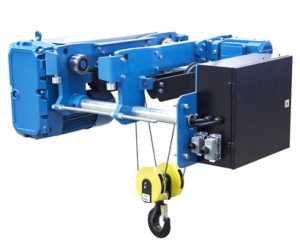
في المستودعات, المصانع, وخطوط التجميع في جميع أنحاء العالم, الوقت هو العملة النهائية. ت……
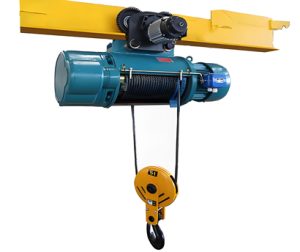
الرافعة الكهربائية للبناء من Weihua عبارة عن حل رفع عالي الأداء مصمم خصيصًا……
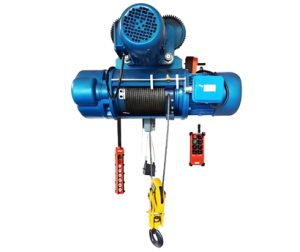
تجربة الرفع دون جهد ومعالجة المواد الدقيقة مع Weihua Electric Hoi .......
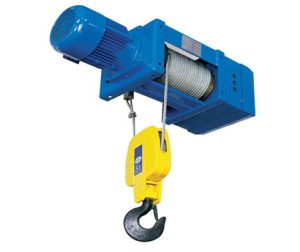
8 الميزات الرئيسية لرافعة السلسلة الكهربائية & فوائد 1. رفع عالي السعة: ت……
